Julie Power of The Sydney Morning Herald writes:
When the first building in Sydney’s newest city of Bradfield is completed next year, it will feature a roof with plants and solar panels that reverse some devilish problems in a climate where temperatures can nudge 50 degrees. It sounds counterintuitive, but too much heat can reduce the ability of solar to produce power, says the World Economic Forum.
Like an iPhone that switches off when left in the heat, the output of solar panels slows down over 25 degrees by 0.5 percentage points for every degree rise in temperature, it says.
However, Sydney scientists have proven that a green roof with plants and solar panels can mitigate that impact – and cool the building and the area, and reduce the need for air-conditioning in the heat of the day.
Most rooftops in Sydney exceed 50 degrees on a hot day, said Dr Peter Irga, an atmospheric scientist in the University of Technology Sydney’s Faculty of Engineering. “Solar works better on a rooftop in Scotland or Wales than it does in Sydney,” he said.
But a study by Irga and his colleagues found a bio-solar green roof (BSGR) – where plants were located next to solar panels – cooled the surface of the roof by as much as 20 degrees, reduced ambient heat, and increased solar output by an average of 4.5 per cent.
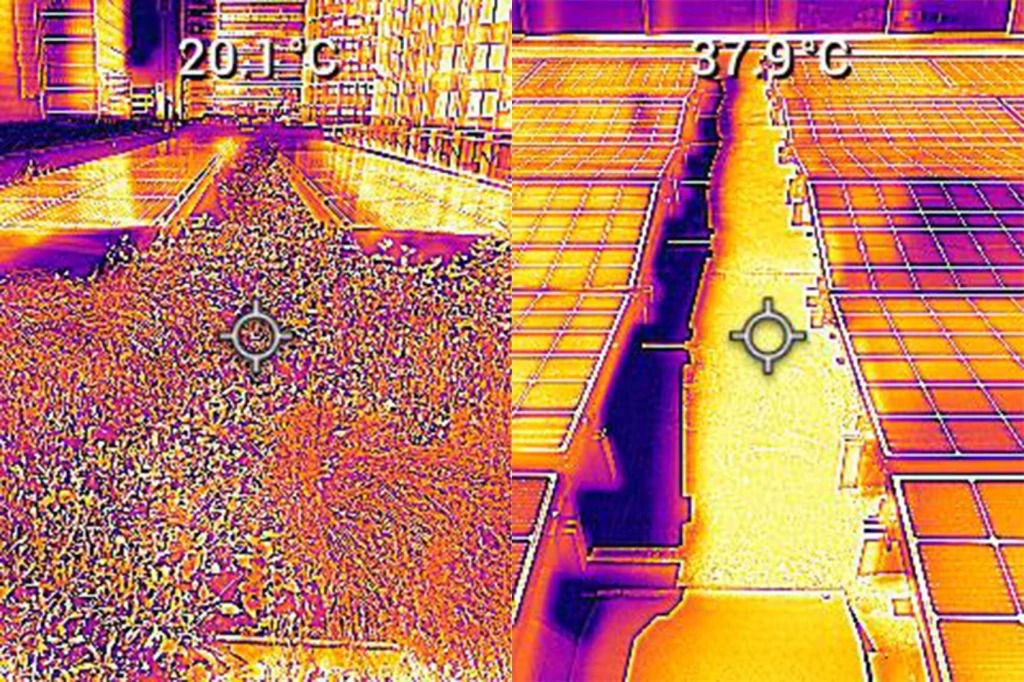
Surface temperatures were up to 20 degrees lower on the green roof compared with the standard solar roof on hot days. CREDIT: UTS
Plants cool the surrounding environment by releasing evaporated water via a process called transpiration. “Bringing down the surface temperature on typical hot Sydney summer days, the green roof enables the solar PV system to generate more electricity,” said Irga.
How Basel, Switzerland Jumpstarted a Green Roof Revolution in Europe
Watch the Greenroofs & Walls of the World Virtual Summit 2015 Video: “Biosolar Roofs” by Nathalie Baumann and Dusty Gedge.
Read more: An innovative solution to a devilishly hot problem facing Sydney’s newest city
 Greenroofs.comConnecting the Planet + Living Architecture
Greenroofs.comConnecting the Planet + Living Architecture
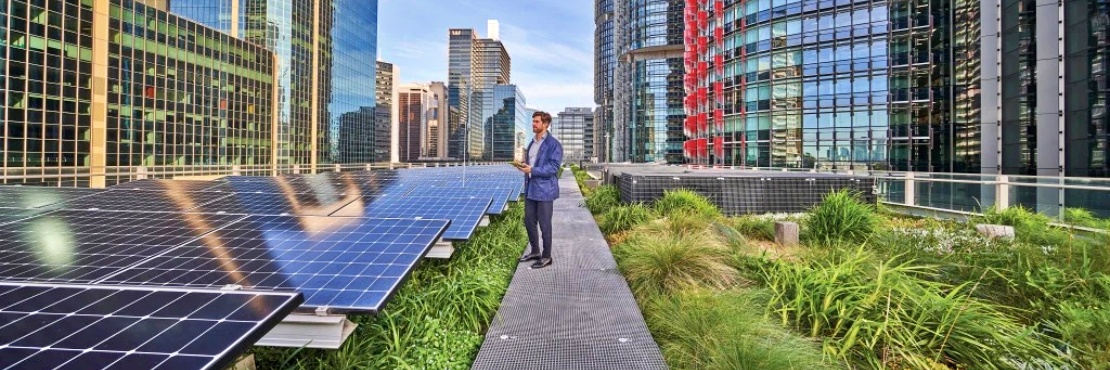

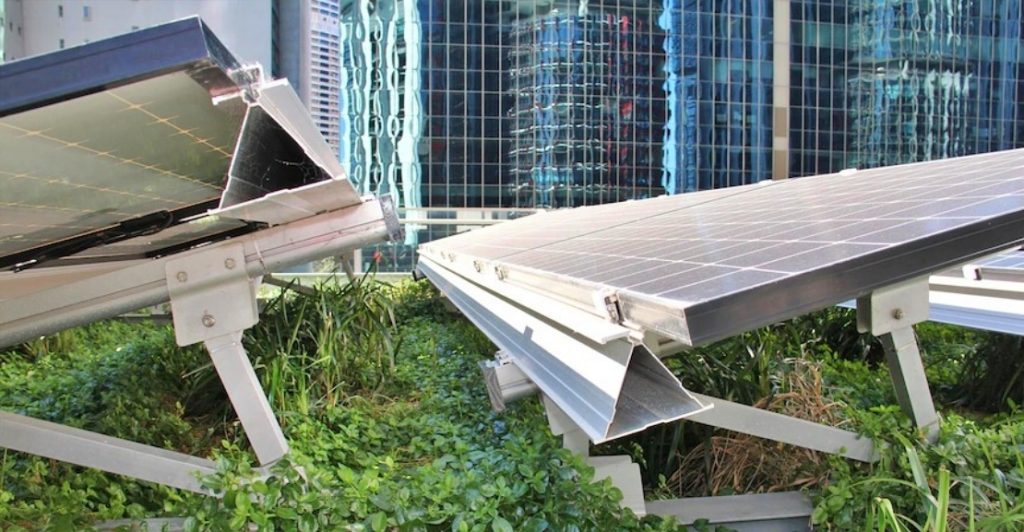

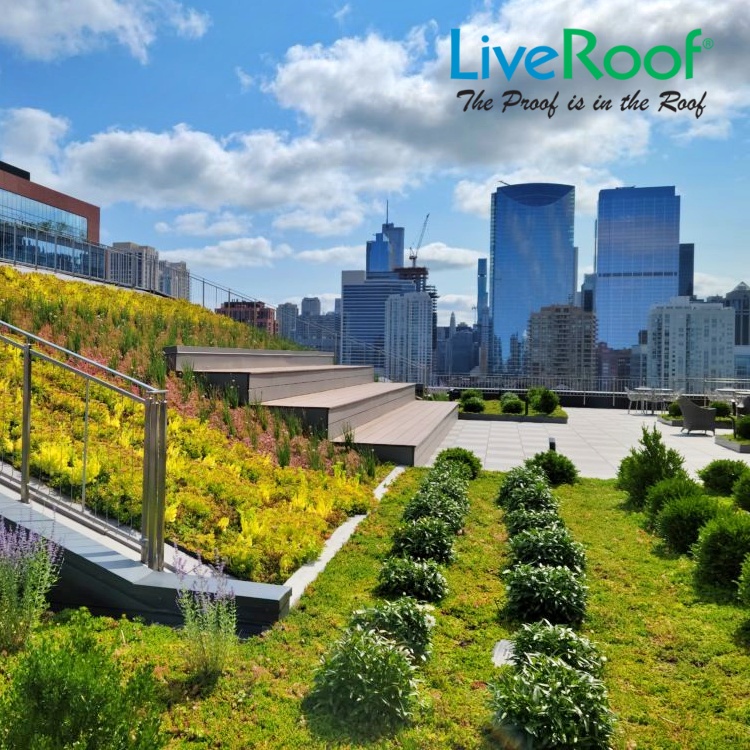
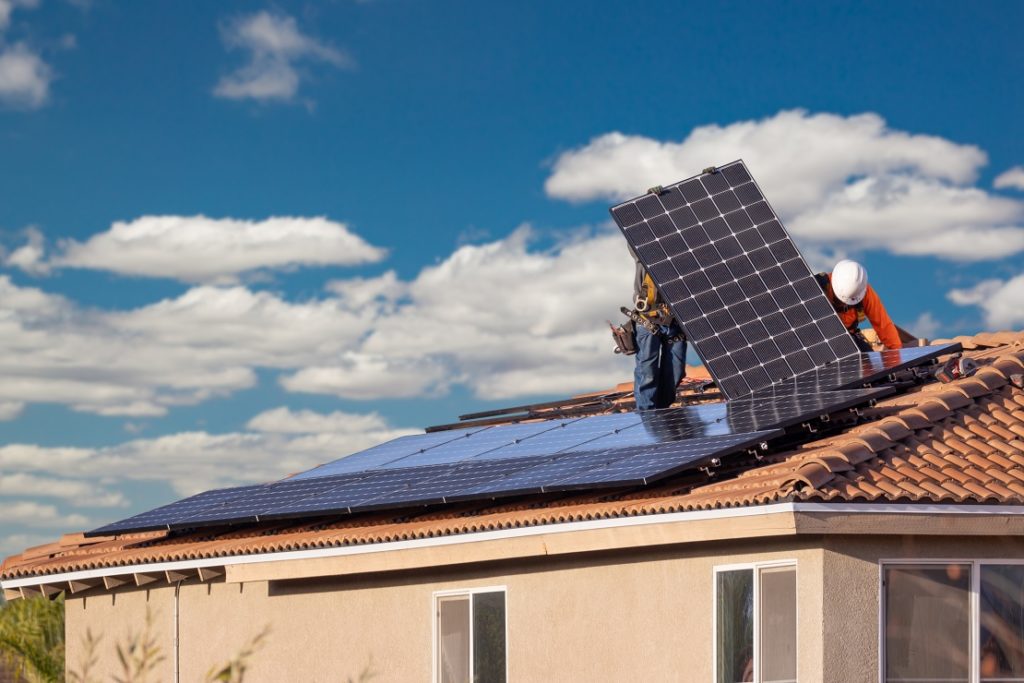




Joe
While the plant surfaces and leaves might be cooler than the ordinary roofing material of a building, the underside of an elevated panel with a tilt (where the cells are laminated to the glass) see very little cooling effect of the sedums transpiration at the cell height due to wind and boundar layer mixing. I’ve run arrays if thermocouples to measure the temp gradient due to localized greenroof cooling and it is a negligible difference. I can share data if you would like. This point was also confirmed by a Portland State study.